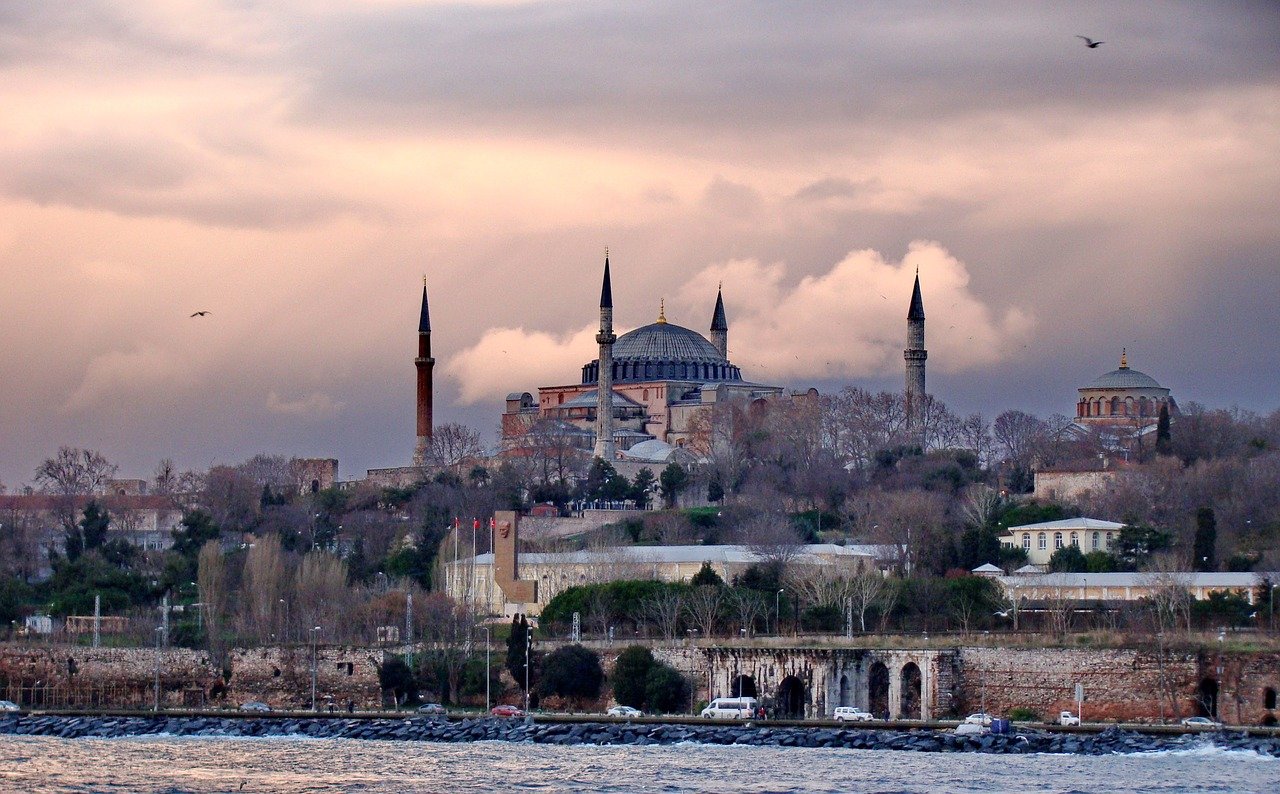The Istanbul Water Canal Project, is the project of the era and the largest work to be accomplished in the history of the Turkey.
It will strengthen Turkey’s position in the field of water crossings, connects the Sea of Marmara with the Black Sea on the European side of Istanbul, and Turkey aims, and through its establishment to reduce the movement of ships in the Bosphorus Strait, and it also seeks to reduce the damage caused by ships carrying materials.
The beginning and End of work on the Istanbul Water Canal Project
The excavations began 2017 and ended early 2018. Within the framework of the project, the Ministry of Transport and Maritime Navigation cooperated with a large number of institutions, most notably: Ministries: Environment, Energy, Food, Agriculture and Livestock, Forestry and Water Affairs and natural resources, in addition to the “Toki” and the collective housing administration of the Turkish Ministry of Environment and Urbanization. The Ministry of Transport also sought help during the determination of the canal’s route by a large number of Turkish and international experts. It is planned that the canal will accommodate the passage of 160 ships per day, and its length is 28 miles.
The Directorate General for road will creates bridges and port of emergency within the Istanbul Water Canal Project, as the Ministry of Transport initial plan of the project is planned to be used dust excavations the canal to be used to fill drilling in coal mines, as well as On building recreation areas and also create artificial islands in the Sea of Marmara.
The channel aims to provide support for maritime shipping between the Sea of Marmara and the Black Sea, especially the movement of oil tankers passing through the Bosphorus Strait.
The route and challenges that faced the Istanbul Water Canal project
The Istanbul Water Canal project will enhance the brand value of Istanbul, and will provide a solution to the pressing problems experienced by the movement of ships across the Bosphorus, which faces problems in transport within cities, in tourist visits, and in the passage of ships.
The Bosphorus Strait is the most difficult sea route to pass; Under the 1936 Montreux Convention, merchant ships can cross the Bosphorus without hindrance, and when the agreement was signed, the number of ships passing through the Bosphorus annually was only 3,000 ships, but this number has reached 50 thousand ships at the present time, and is expected to reach 65 One thousand in 2030, while it will exceed the 100,000 threshold in 2050, in addition to two thousand and 500 other ships, including the city’s inland transport lines and fishing boats.
Five different routes for the construction of the new Istanbul Canal project were analyzed, and the most suitable destination was determined between the areas of “Kucukcekmece” and “Yenikoy”, which is an area located along the Bosphorus; The map of the new Istanbul Canal will be distinctive, as the route of the Istanbul Canal will start from the line separating the Marmara Sea from the Kucukcekmece Lake, and it will run towards the Sazli Derry Dam through the areas of Altinsehir and ahin Tepe before reaching the Black Sea from East of Lake Terkos, near Terkos and Dorosu.
The purpose of building Istanbul Water Canal Project
The main goals for such huge project are that the Istanbul Canal project is a commercial project that would increase the value of commercial relations between Istanbul and the world.
Not to mention the commercial gains that Turkey will receive due to the passage of thousands of ships carrying tons of goods daily through that channel, in addition to the main goal of relieving pressure on the Bosphorus Strait, which is undergoing a pressure crisis through the marine and tourist ships that pass through it daily, beside the commercial ships The international transiting the Bosphorus Strait daily according to the Montreux Convention signed in 1936.
Istanbul New Water Canal Project and real estate in Turkey
The Istanbul New Water Canal Project will constitute a great opportunity for the real estate sector in the city, as real estate prices began to increase in the city even before the implementation of this channel.
This has led to the establishment of a large number of mega projects in the central areas. So the real estate prices have increased in a number of regions.
Perhaps the most striking thing is that all the rise in real estate prices that these areas have witnessed is nothing to mention, as the canal is still under construction and there is no doubt that coinciding with the end of work on it, these areas will witness an unreasonable rise in prices that may reach 50% according to the expectations of real estate experts And this is the main reason that drives investors from around the world to flock to those areas that await a prosperous future.

